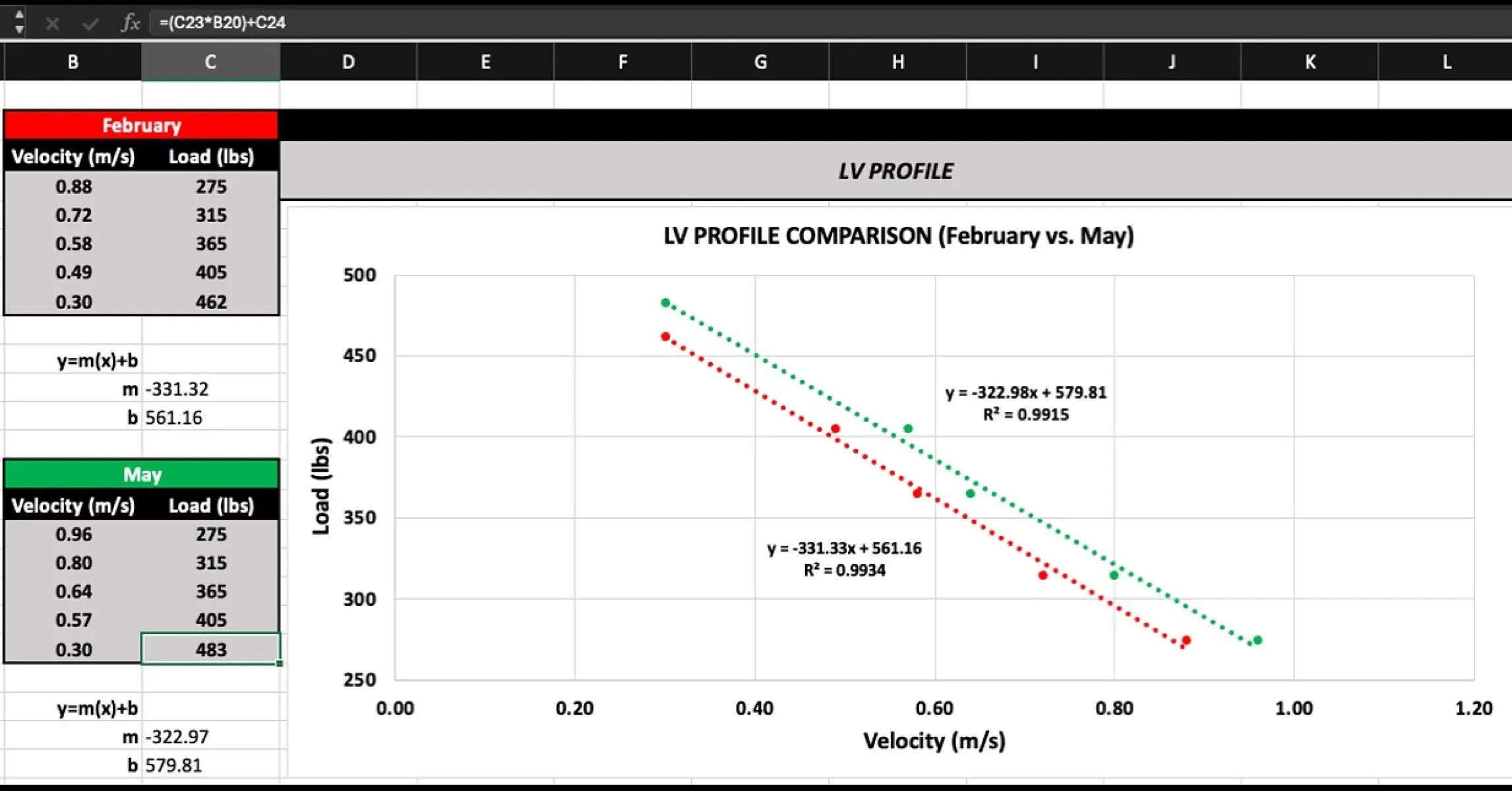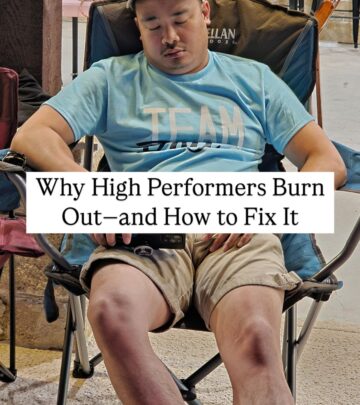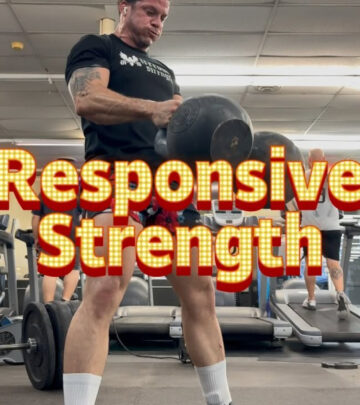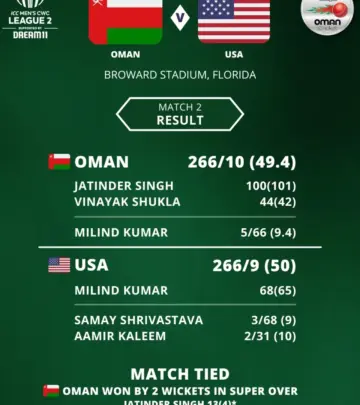Back Squat Velocity Data Fuels Strength Gains
LV Data Informs Tactics as Coach Pedulla Reveals Growth In Strength, Speed, And Power Up!!

Image: Instagram
Joe Pedulla, a respected strength and conditioning coach and consultant, has recently shared an illuminating look into his latest LV profile detailing back squat velocities across a broad range of loads. The profile covers velocities for squats performed at 275, 315, 365, and 405 lbs from February through May, offering a unique insight into how sub-maximal performance measures relate to predicted one-repetition max (1RM).
Lv Profile Overview
In his shared post, Pedulla explains the methodology behind calculating predicted maximum loads. By using a regression equation – where solving for Y is based on inputting a velocity threshold of 0.30, the approximate minimum voluntary threshold for a 1RM back squat noted in several research papers – Coach Pedulla confirms that his data consistently shows a strong linear inverse relationship between load and velocity. Notably, he mentions that his LV profiles have never fallen below an R² of 0.95, indicating a highly reliable correlation between increasing load and corresponding decreases in bar speed.
The clear takeaway for athletes and trainers is that as a lifter’s 1RM increases, the sub-maximal strength levels at specific velocities naturally rise. This insight validates Pedulla’s long-held belief: that strength zones become a function of overall strength. Rather than focusing exclusively on prescribed speed zones for training, athletes are advised to build maximal strength. When paired with explosive drills such as sprinting, jumping, or plyometric exercises, the conversion of newfound strength to functional, on-field performance becomes evident.
Methodology Behind Velocity Training
Pedulla provides context by sharing that he never deliberately trained in “strength speed” or “speed strength.” His programming was straightforward—maximal strength training with low-repetitions and minimal repetitions in reserve (typically 0-2 RIR). Despite the varying loads, each squat was performed with maximum effort to move the bar as quickly as possible. According to Pedulla’s detailed explanation, the force generated in each rep and consequent bar speed was sufficient to capture the essence of the load-velocity relationship. This approach not only reinforces the significance of intensity in training but also challenges traditional ideas of segregating training zones.
His rationale touches upon an evolving debate within sports performance circles. The emphasis is shifting from rigid strength zones to a more fluid understanding of how increases in raw strength automatically elevate sub-maximal velocities. The practical implication is simple: Get strong, and the different velocity zones will take shape naturally. Pedulla even advises coaches and athletes to incorporate maximal sprints, jumps, and plyometrics, a suggestion that aligns with modern trends in athletic performance programming seen in leagues such as the MLB, NFL, NBA, NCAA, and across multiple sports.
Regression Analysis And Confidence
A core component of Pedulla’s observation is the consistent high R² value (> 0.95) found in his LV profiles. For those unfamiliar with regression analyses, a high R² indicates that the data points fit the regression line very well – meaning his training data reliably predicts performance outcomes. This is a reminder to athletes that using velocity as a tool for prescription and programming can provide a robust metric for tracking progress and tailoring workouts.
While numerous training philosophies exist, Pedulla’s standpoint is data-driven. Rather than being distracted by the notion of specific strength or speed zones, athletes are encouraged to focus on maximal strength development. The resulting improvements in 1RM are naturally echoed in sub-maximal velocities, thus optimizing performance in a manner beneficial for both gym work and field sports.
Training Protocol And Broader Implications
Although the post centers on back squat velocities, its implications extend far beyond the gym. Pedulla’s insights resonate with an ongoing dialogue in the athletic community regarding the balance between heavy strength work and speed-based drills. In previous posts, he has also shared thoughts on pragmatic training principles—discussing mental toughness and the integration of evolving training strategies. When combined with his current LV analysis, these varied insights paint a picture of a coach who is relentlessly focused on marrying scientific data with practical training methodologies.
For many athletes and sports teams, particularly those in collegiate and professional circles, this approach opens up new avenues. Pedulla’s data suggests that simply maximizing effort on heavy lifts produces meaningful, transferable gains that support enhanced speed, agility, and power on the field. The consistent message is to avoid overcomplicating training with prescribed “zones” and instead prioritize overall strength gains alongside complementary explosive exercises.
The broader fitness community and sports teams may well benefit from considering this data-centric approach. Whether you train for baseball, football, or any highly competitive sport, the underlying principles remain the same: build a strong foundation, execute lifts with maximum intent, and let the numbers speak for themselves.
Ultimately, Joe Pedulla’s insights provide a refreshing perspective in strength and conditioning. As coaches and athletes continue to navigate the interplay between raw strength and athletic performance, his LV profile data reaffirms that a commitment to maximal effort can naturally lead to improved speed, power, and overall field performance.
Read full bio of Manjari Uppal
























